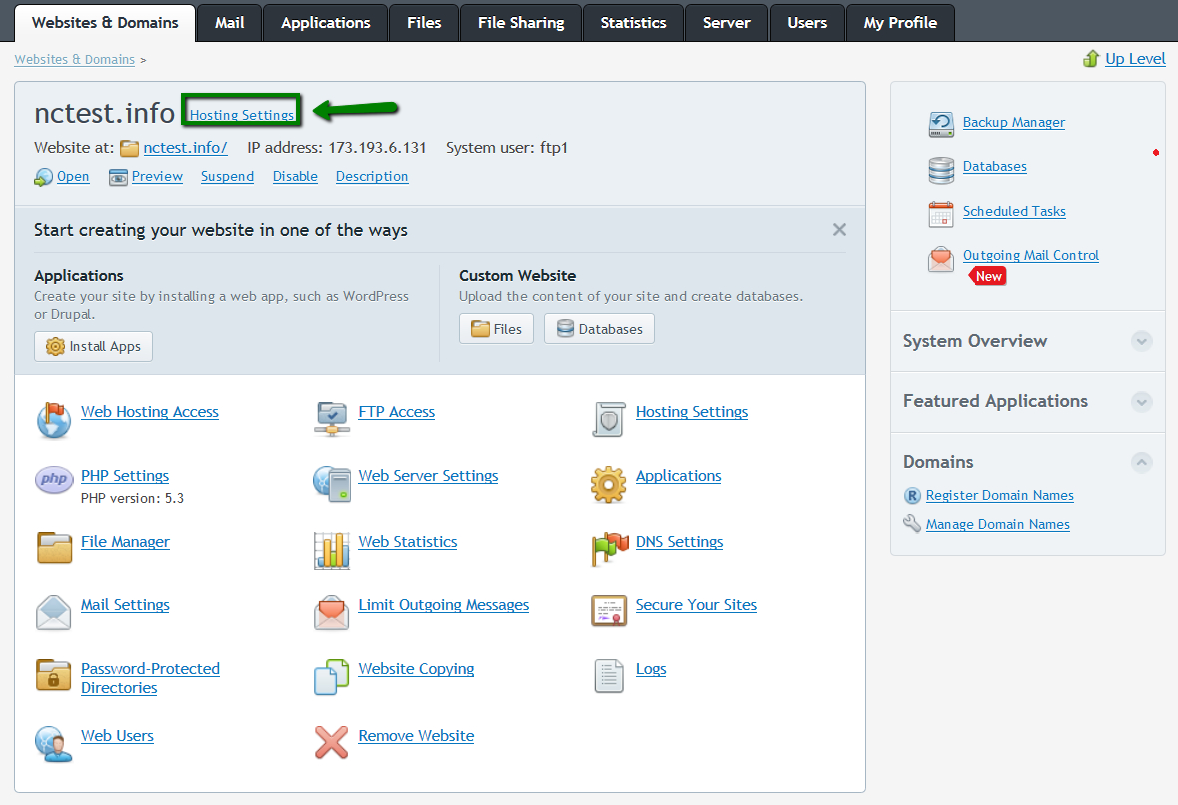Plesk is a commercial web hosting and server data center automation software. In this article, you will learn how to install Plesk Obsidian on CentOS 8. In this article, you will learn how to install Plesk Obsidian on CentOS 8. Install Nginx, NodeJS and MySQL. Ghost needs MySQL and Nginx and NodeJS to work. But we need not install Nginx and MySQL because Plesk might have already installed them. Run this command to install NodeJS on your machine. Curl -sL sudo -E bash sudo apt-get install nodejs. Verify the installation by running.
In plesk, to install laravel, we need to do two prerequisites first.

Plesk Install Php 7.4

- Enable SSH for the Plesk User:
The management node must have Plesk Onyx newly installed. You can use a mix of Plesk Onyx 17.0 and Plesk Onyx 17.5 servers. The management node is only be used for central management, not for hosting. See the full list of Plesk Multi Server requirements and limitations. Log in to the server using RDP. Download Plesk Installer. Pull up the Windows command prompt and switch the working directory to the one you saved the installer binary to. 020 3014 1446; Sign In; Go To Cart.
Plesk Install Php
2. Add default PHP binary to Plesk Shell to allow using Composer:
Once the above steps are done, now, you may install the laravel installer with the following:
Once this is done, you may try to install laravel using the laravel command:
But, as you can see it is failed. It’s because the laravel binary is installed in the following path:
which doesn’t exist in our $PATH variable. Now you may add the above command to your PATH variable using the following tutorial:
I believe, you have already figured it out, it is as simple as the following command:
Plesk Download
Now, you may run the following to install laravel:
Download Plesk Installer
So, yeah, as laravel says, Application ready! Build something amazing.

